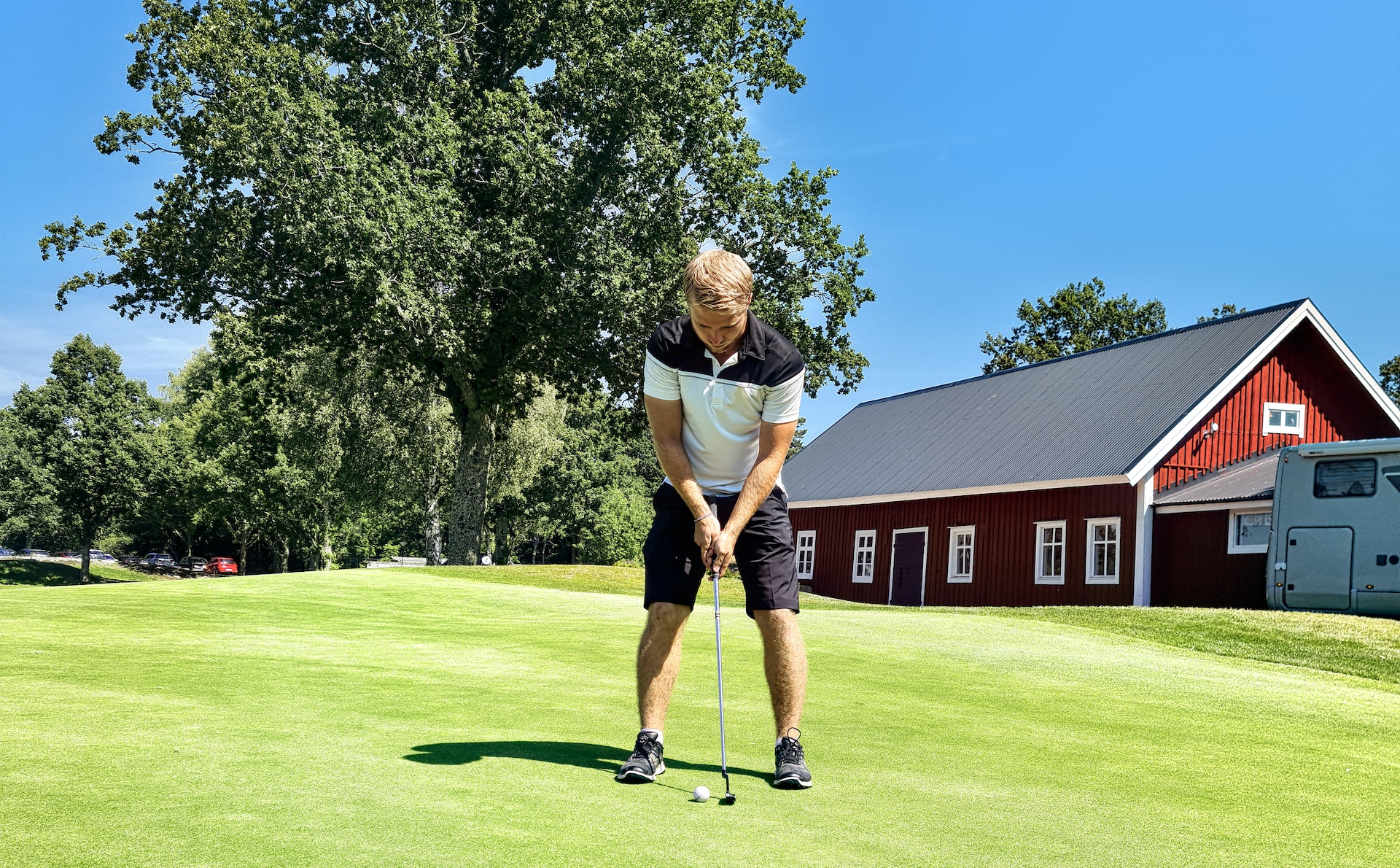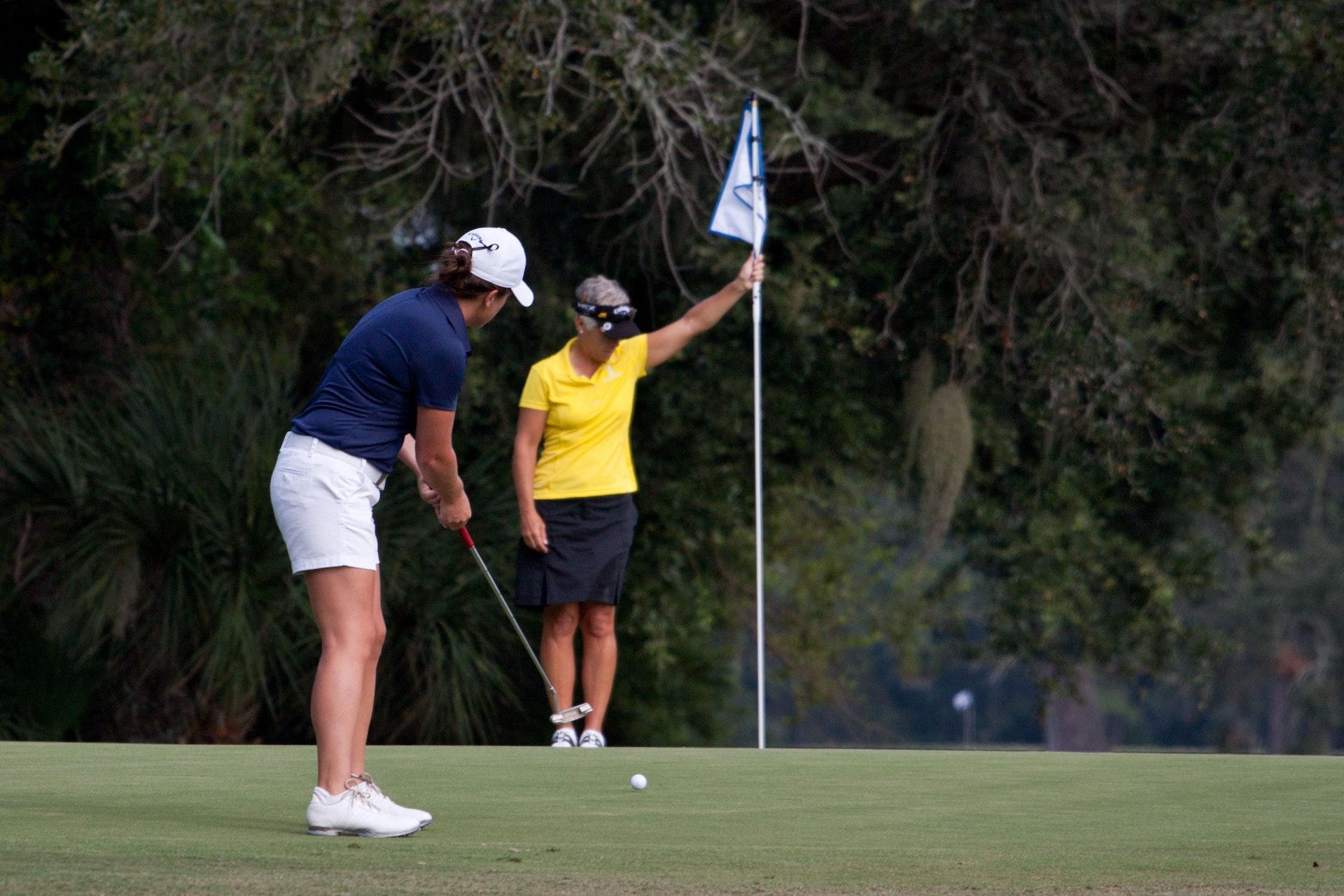As a left-handed golfer, you’ve probably struggled with finding the perfect grip and stance to improve your game. In fact, your proper grip on a golf club can tell all about how you’ve been mastering this sport or not. Holding a golf club in the wrong way can have a major impact on your swing, direction, and distance. But fear not. In this blog post, we’ll be discussing some rookie mistakes that left-handed golfers often make when holding their clubs. From grip depth to backswing practice, we’ll cover everything you need to know to avoid these common errors and take your golf game to the next level.
Using a Club With the Wrong Grip Depth
 Using a club with the wrong grip depth is a common mistake that rookie left-handed golfers often make. Grip depth refers to how far down the shaft of the club you hold it. If your grip is too shallow, you’ll have less control over the clubface, and if it’s too deep, you may struggle to release your wrists at impact. To find your perfect grip depth as a lefty golfer, start by placing your lead hand (the right one for most lefties) on the handle of the club so that your fingertips are just touching the top of your thumb. Then slide your other hand down until it touches but doesn’t overlap with your first hand.
Using a club with the wrong grip depth is a common mistake that rookie left-handed golfers often make. Grip depth refers to how far down the shaft of the club you hold it. If your grip is too shallow, you’ll have less control over the clubface, and if it’s too deep, you may struggle to release your wrists at impact. To find your perfect grip depth as a lefty golfer, start by placing your lead hand (the right one for most lefties) on the handle of the club so that your fingertips are just touching the top of your thumb. Then slide your other hand down until it touches but doesn’t overlap with your first hand.
Failing to Mirror the Normal Stance and Swing Techniques
As left-handed golfers, we can’t just do the normal stance and swing techniques as right-handed golfers do. This means that you need to set up your stance and grip in a way that mirrors what right-handed golfers do. But rookies often miss this concept. The result? Poor shots, bad scores, and frustration on the course. When you don’t mirror the normal stance and swing techniques as a left-hander, you’re setting yourself up for failure before you even start swinging. Your body is not aligned properly with the target line, which makes it difficult for you to hit your ball straight.

Not Keeping the Arms Relaxed
When holding a golf club as a left-handed golfer, letting loose and keeping your arms relaxed is, no doubt, important. This might sound like a minor issue, but it can have a significant impact on your swing and overall game. Tensing up your arms during your swing can cause several problems, including reducing your accuracy and power. When you’re gripping the club too tightly or failing to keep your arms loose, you’ll struggle to generate enough speed through the ball. To avoid this mistake, focus on maintaining flexibility in both arms throughout your swing. Keep them straight but not locked out while feeling relaxed at all times. Remember that tension creates resistance, inevitably slowing down and hindering your performance.
Not Consistently Practicing Backswing
 Okay, but why must it be backswing? When you’re not practicing your backswing enough, you might find yourself struggling with maintaining balance during the swing or failing to generate enough power for long shots. It’s important to note that a good backswing should involve turning your shoulders fully while keeping the clubhead on course. So try incorporating basic drills into your routine, like starting slow and gradually building up speed as you become more comfortable with each swing.
Okay, but why must it be backswing? When you’re not practicing your backswing enough, you might find yourself struggling with maintaining balance during the swing or failing to generate enough power for long shots. It’s important to note that a good backswing should involve turning your shoulders fully while keeping the clubhead on course. So try incorporating basic drills into your routine, like starting slow and gradually building up speed as you become more comfortable with each swing.
You can also work on your rhythm by using a metronome when practicing. Leveraging video analysis tools such as Swingbyte or Zepp Golf 2 can also help.
As a left-handed golfer, you have lots of advantages in this sport. However, if you are just getting started, be sure to avoid these rookie mistakes when holding the golf club. Keep working on improving each aspect of your game to become a better golfer overall.

